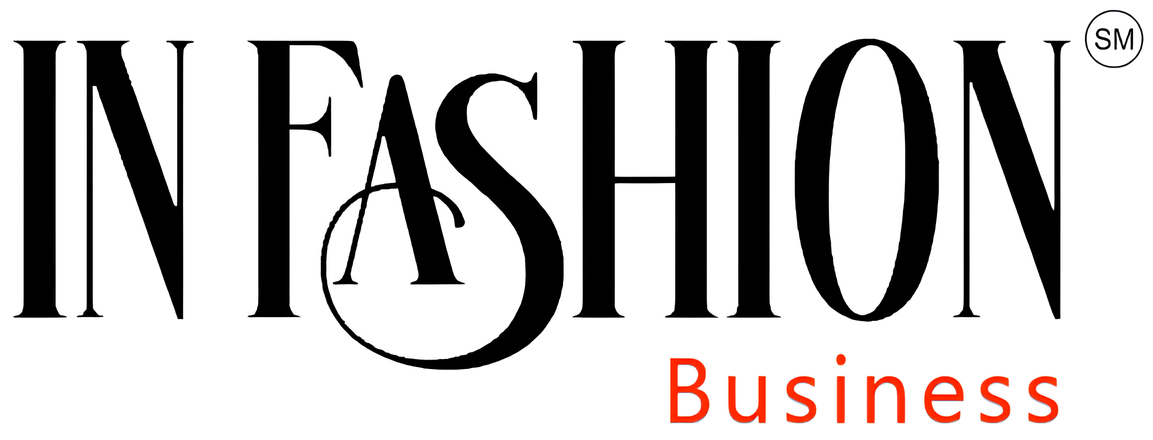SUSTAINABILITY TEXTILES APPAREL NATIONAL
INDIA
April 14, 2023 | 876 38 minutes read
Strategy for textile and apparel manufacturers to align with upcoming legislations for sustainable and circular textiles.
Fashion Industry and Environment
The global apparel consumption is estimated to increase from approx. US$ 1.5 trillion in 2021 to US$ 2 trillion by 2025. The consumption is growing continuously with fashion becoming the centre of individualism and expression of oneself. The concept of fast fashion has rapidly accelerated the consumption with increased purchase frequencies and lower price tags. The product quality and life, of such lower priced products is also low, resulting in increase in the quantity of goods being discarded. By an estimate, about 35 kg textile waste is generated per person per year in the US.
The industry has become a victim of overproduction and overconsumption. Some fast fashion brands release up to 52 micro-collections in a year instead of the usual 2-3 seasons. Global textiles production almost doubled between 2000 and 2015. To make matters worse, there is a minimal use, reuse, repair and fibre-to-fibre recycling of textiles. As a result, most of the resources used during production end up as waste in the landfills. A meagre 1 percent of textiles produced globally is recycled and 87 percent of the total fibre input used for clothing is ultimately incinerated or sent to a landfill. The textile and apparel industry uses millions of gallons of water for production every day. It is said to be the world’s second largest water polluter, contributing to 20 percent of all industrial water pollution worldwide and consuming 23 percent of all chemicals produced worldwide. The greenhouse gas emissions of the industry are enormous forming 10 percent of the global carbon emissions. The release of microfibers is another big challenge. As much as 190,000 tons of textile microplastic fibers go into the oceans each year by either washing the garments or by simply wearing them.
Industry’s struggle to minimize production costs to meet the demand for affordable products has also led to certain social challenges. Underage employment, compensation less than living wage, gender inequality in employment, etc., are grave concerns that require immediate redressal.
Many countries are waking up to this looming threat and looking for ways to shift towards sustainability and circularity in fashion industry. EU has taken a lead and proposed its green policy recently.
Other leading buyer nations like the US are also on the track to follow suit and bring in measures that will inevitably require the manufacturers around the world to change gears and move towards sustainable practices.

EU’s Strategy for Sustainable Textiles
Recognizing the urgent need to address sustainability issues in the textile industry, the European Commission in March 2022, published a document titled “EU Strategy for Sustainable and Circular Textiles” that outlines the Commission’s 2030 Vision for Textiles.
This Strategy for Sustainable and Circular Textiles aims to create a coherent framework and a vision for the transition of the textiles sector whereby:
By 2030 textile products placed on the EU market are long-lived and recyclable, to a great extent made of recycled fibres, free of hazardous substances and produced in respect of social rights and the environment. Consumers benefit longer from high quality affordable textiles, fast fashion is out of fashion, and economically profitable re-use and repair services are widely available. In a competitive, resilient and innovative textiles sector, producers take responsibility for their products along the value chain, including when they become waste. The circular textiles ecosystem is thriving, driven by sufficient capacities for innovative fibre-to-fibre recycling, while the incineration and landfilling of textiles is reduced to the minimum.
The framework focuses on three areas:
1-A new pattern for Europe: Key actions for sustainable and circular textiles
Introducing mandatory Eco-design requirements
Stopping the destruction of unsold or returned textiles
Tackling microplastics pollutionIntroducing information requirements and a Digital Product Passport Establishing green claims for truly sustainable textiles
Extended producer responsibility and boosting reuse and recycling of textile waste
2-Weaving the industry of tomorrow: Creating the enabling conditions
Launching the Transition Pathway for the textiles ecosystem of the future
Reversing the overproduction and overconsumption of clothing: driving fast fashion out of fashion
Ensuring fair competition and compliance in a well-functioning internal market
Supporting research, innovation and investments
Developing the skills needed for the green and digital transitions
3-Tying together a sustainable textiles value chain globally
Carrying out due diligence of environment and social fairness
Addressing the challenges from the export of textile waste
Anticipated Trends
EU’s Strategy for Sustainable and Circular Textiles is going to have a far reaching impact on the global industry as EU is among the largest apparel importers (Euro 72 bn. apparel imports in 2021). The Strategy Document, when enforced with proper legislation, can be expected to lead to several changes in the global textile supply chain structure. Some of the resultant trends could be:
Reduction of EU apparel imports
It is very likely that once implemented, the sustainability strategy will actively target the issue of overconsumption through consumer awareness campaigns. The current trend of closets flooded with clothes will see a makeover. Producers as well as the consumers are likely to become more conscious of the products’ suitability, durability and ability to be re-used and recycled.
Over a period, Fast fashion will slow down, and the share of eco-conscious consumer in EU will grow who will have the habit of making an intentional, sustainable choice over just accumulating products. As a result, the brands and retailers will also opt for more sustainable approaches towards their business. The business models will be upgraded and fine-tuned to stay on track with the sustainable consumption trends.
Demand projection models will also follow suit and stricter controls will be made to reduce the unsold inventory at their warehouses as well as retail outlets. The demand for fresh garments will also be impacted once the share of the recycled (or rented) garments will grow. Promotion of Design for the Environment (DfE) concept at garment design level under the new legislations will facilitate enhanced availability of such garments, increasing the recycled market share.
On the whole, this will mean that the imports market of EU’s textile and apparel industry is likely to see a slow-down. With the adoption of a circular value chain, wherein emphasis is laid on how well the product can be reused as long as possible and once its usability finishes, how well it can be recycled, the waste generated will be reduced. Sustainable products that go into the market will follow the circular model and stay in the ecosystem, which will reduce the requirements of these products and thus, reduction of apparel imports in EU.
Higher demand of sustainable and recyclable fibres
The EU Commission with its Sustainable Textile Vision 2030 will put mandates in place which will dictate the type of products that can enter the EU market along with its components, down till the fibre used in production. This would result in few micro-trends:
1-Higher demand of ‘preferred’ fibres
Various fashion brands and retailers have already declared their intent to use various forms of sustainable or preferred fibres. EU legislation will further boost this trend beyond Tier 1 brands. As a result, the demand for recycled fibres of all types, whether cotton, polyester, nylon or others will shoot up dramatically.
Sustainability targets of few brands
 |
2025: 100 percent organic linen and recycled polyester |
 |
2024: 100 percent recycled polyester |
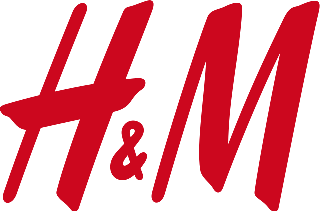 |
2025/2030: 30 percent recycled material/100 percent recycled material |
 |
2025: 100 percent waste diverted from landfill with 80 percent recycled back into product
|
 |
2025: 75 percent recycled materials
|
 |
100 percent sustainable cotton |
 |
100 percent sustainability sourced cotton, and =>50 percent recycled fibers
|
 |
60 percent recycled polyester |
 |
2025: 100 percent responsibly sourced material |
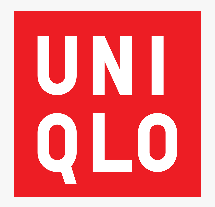 |
2030: 50 percent recycled materials |
2-Focus on development of more sustainable fibre types
The concern will not end with the general fibres being recycled and further the process of waste reduction. There will be a demand for alternative fibres which are more sustainable and cause less harm to the environment while providing the same functionality as conventional fibres.
Few new sustainable fibres
 |
Renewcell has invented Circulose, a fibre made of 100% textile waste e.g. worn-out jeans & production scraps). Heiq, a swiss brand (partnered with Renewcell to use Circulose for manufacturing of sustainable yarns as a replacement of polyester & nylon.
|
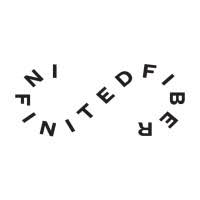 |
Infinited Fiber Company recycles cotton-rich textile waste and other cellulose-rich materials such as old newspapers, used cardboard, crop residues like rice or wheat straw to be converted to cellulose carbamate fiber - Infinna.
|
 |
Qmilk is a fiber made of casein concentrate from milk that cannot be used as food. This fiber can be composted after use. Approx. 2 tons per day of milk is used for manufacturing of Qmilk fiber in Germany.
|
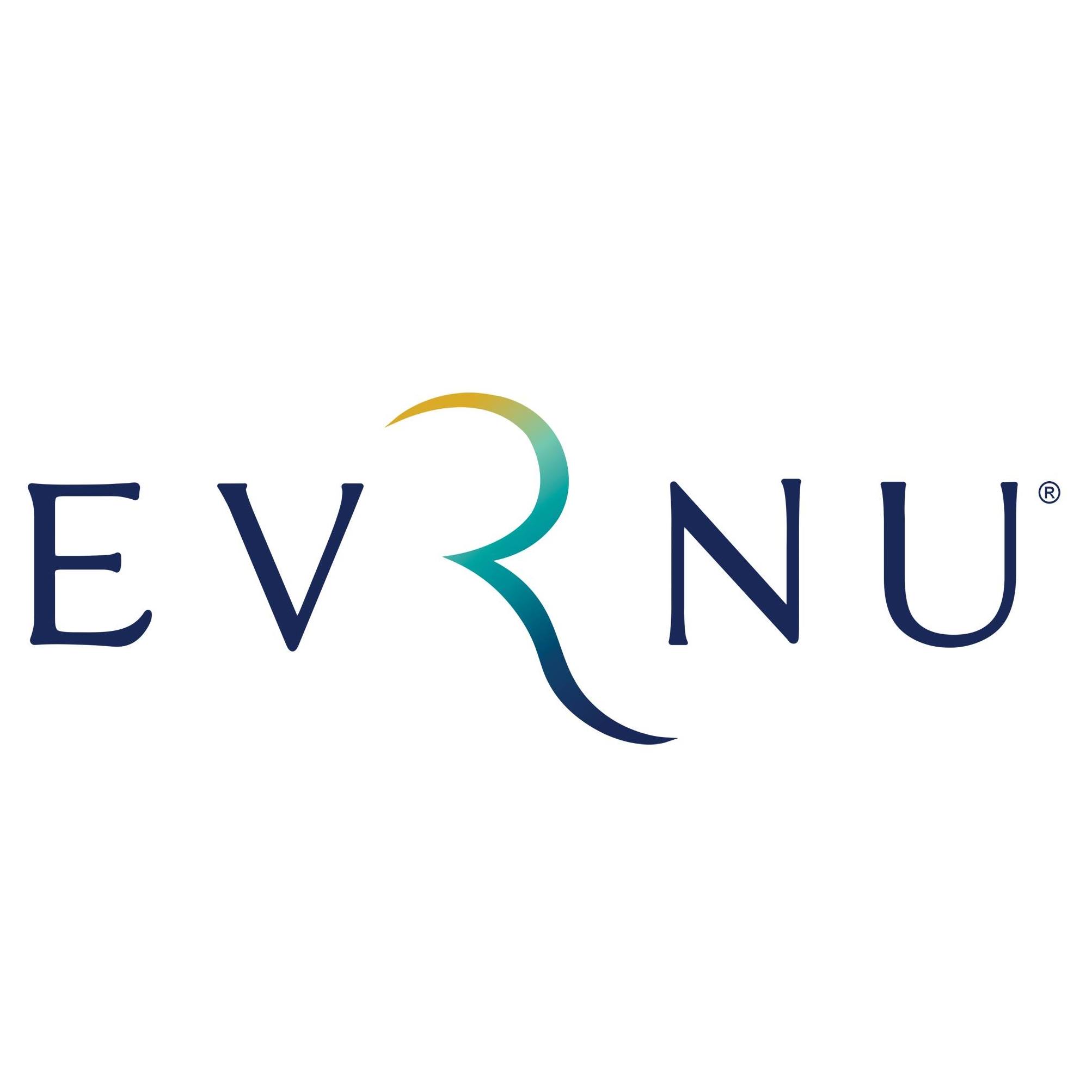 |
Evrnu converts textile waste into regenerative fibre by using repolymerization technology. The textile waste can be transformed into cellulosic, polyester & bio-engineered fibres after segregation.
|
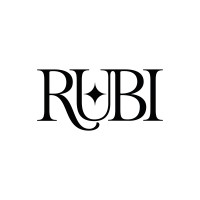 |
Rubi turns industrial CO2 emissions into cellulose pulp utilizing a cell-free & an enzyme-based direct biochemical process which can be used as an alternative of man-made cellulosic fibers.
|
 |
Kintra has developed a biodegradable and recyclable polyester from polybutylene succinate (PBS), which is derived from sugar.
|
|
Ferre is a yarn manufacturer that turns textile waste (post-industrial, post - and pre-consumer garments) into fibers (recycled cellulose, polyester & wool). The recycled cotton yarn manufactured from the fibre is called Recover.
|
End-of-Blend, Long-Live the Blend
The upcoming legislation is likely to result in discouragement of use of blends which are difficult and expensive to recycle or products that require special sorting processes and ad- vanced technologies or the use of chemicals that hampers recycling. Without commercial- ization of suitable technology, ‘end of blend’ is likely. The trend of using single fibre (referred to as ‘monomaterialism’) will get a boost in short term because of relative ease of recycling.
However, there will be an intense focus on research and innovation in the domain of segregation of blends for the purpose of recycling. There are already few such initiatives happening across the globe, such as Green Machine by HKRTIA and Recycling Atelier by ITA, Germany. Various R&D initiatives which will target the separation of blends, so that recycling is commercially viable, will gain focus.
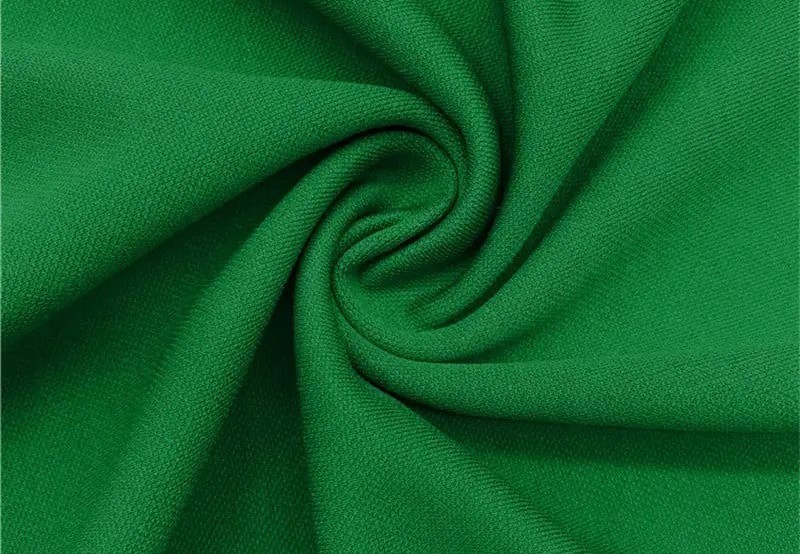
Action Plan for Indian Suppliers
EU-27 is the largest apparel importer from India. In 2021-22, India exported US$ 4.2 bn. worth of apparel to EU-27 which is approx. 26 % of India’s total apparel exports. Change in EU’s legislation to adopt a sustainable approach will impact the Indian suppliers significantly. It is vital for Indian suppliers to take cognizance of what is coming and swiftly prepare to embrace these changes. Planning to comply with the sustainability requirements has to start sooner than later. A timely step in this direction can help India to compete with global counterparts and enhance its market share. Manufacturers who can modify their operations to align with the sustainable requirements of EU will emerge to be the leaders and dominate exports not only to EU, but also to other major importers like USA which will follow suit. In contrast, delayed approach is certain to cause shrinkage of India’s share that will be taken up by sustainable manufacturers elsewhere.
Some actions points that can trigger evolution towards compliance with EU’s sustainability strategy are as follows:
1-Product development targeted at use of recycled and alternate fibres
Currently, a meagre 1percent of the total produce of the textile and apparel industry is recycled. However, this scenario will flip 180 degrees once the EU legislations come into force and recycling will become a norm. The entire value chain will see an inclination of moving towards recycled products or using alternative fibres that are environment friendly and easily recyclable. Companies should focus on developing manufacturing techniques & systems to process such fibres and also develop upstream sourcing network for raw material security.
2-Digitalization
In order to ease the accessibility of information across the entire value chain of the products, digitalization will become one of the core requirements. All business processes: sourcing, manufacturing, quality, logistics, support systems, etc. will need to make room for digitalization to provide business data transparently to the buyers.
3- Adopting ESG guidelines
In order to be coherent with the global sustainability policies/legislations, it will be crucial for the Indian players to define and implement benchmark Environment, Social and Governance (ESG) sustainability guidelines.
4- Integration of circularity principles
Sustainability will bring with itself a huge shift from the current linear business model to a circular model such that minimum waste is generated from the industry. What we currently consider as waste will actually be used as raw material for either production of similar products or upcycling or downcycling, depending on its condition. Manufacturers should evaluate setting up of infrastructure and processes to reuse the industrial waste (or set-up a new business line altogether).
5-Adoption of material traceability solutions
New age consumer will demand clear and transparent information about the complete supply chain, right from the procurement of its raw material, conversion to finished good to its disposal protocol. Material traceability solutions are developing at break neck speed, many with the support of large brands and retailers. Manufacturers need to evaluate such solutions, understand the changes required in business systems and processes for swift adoption, either with buyer mandate or on their own.

6- Obtaining buyer and market specific certifications
With an inclination towards adopting sustainable practices, and a simultaneous increase in “greenwashing”, it will become inevitable that certain specifications be required for a company to be considered sustainable or its contribution to the industry to be thought as significant. In accordance to the clients that a particular player wishes to cater to, it will become important for them to obtain certifications which highlight the sustainable practices that they use.
7-Minimizing environmental footprint
Till now efficient resource utilization (power, water and fuel) was important from costing perspective. Several manufacturers despite being inefficient were able to survive and thrive leveraging other aspects such as smaller minimum order quantity (MOQ), design content, etc. However, now efficient resource utilization will be mandated from sustainability point of view, which would not be possible to circumvent. Manufacturers should start manufacturing excellence projects in their organizations aiming to improve productivity and lower the utilization of resources.
Funding for Sustainability
Even though the world is in a frenzy to adopt sustainable practices and incorporate circularity in product life cycles, an important part of taking action to make this shift remains unanswered. There is no magic wand that can immediately change the current practices prevalent in the industry and switch them with more sustainable ones. This shift requires humongous effort and capital investment. The capital investment part acts as a major obstacle in the road to sustainability. Businesses traditionally prefer to reinvest in expansions and capability enhancements rather on concept such as sustainability, where the gains are not in black & white. With most of the large buyers asking to work on an open-cost model offering fix margins, suppliers do not find such additional investments attractive that neither improve the top line or the bottom line. These are investments which are always ignored as long as there are no external pressures.
Even if manufacturers take this upon themselves to arrange for investments and put in the required efforts, will this translate to higher product prices? Are consumers who move around with flags of sustainability in their hands ready to pay extra for a brand that is transparent and sustainable? These are some tough questions that have no clear answer as of now. The buyers usually want suppliers to follow sustainable practices, source from sustainable suppliers, be certified and still keep the prices low. In an unsaid way, it is the onus of suppliers to bear such costs.
Consultative and collaborative approach between buyers and suppliers can prove to be a plausible solution for this need of funds. Brands will have to evaluate various means (such as financing) to help suppliers and innovators make meaningful progress. In addition, funding availability from International Development Agencies, Green Funds and Governments will also play a crucial role in ensuring that the Indian suppliers are ready to meet the EU market’s stringent sustainability demands.
 |
Varun Vaid, Business Director, Wazir Advisors
Varun possesses more than 20 years of experience in textile sector covering manufacturing, marketing and consulting domains. As a strategy consultant, he has led diversified projects for private companies, government bodies and development agencies in Asia and Africa.
|
Wazir Advisors Over the years Wazir has placed itself as a premier Indian consulting organization with a special focus on textile and apparel value chain. Our team of textile engineers, sector experts, management graduates and economists have executed a broad range of consulting projects working for reputed Indian and international clients. Wazir has partnered with ITA Germany, an international research institute under RWTH University, Aachen, for offering sustainability and digitalization solutions to textile and apparel players in India and other South Asian countries. With combined expertise, Wazir- ITA can be your solution provider in the shift towards a sustainable future.


